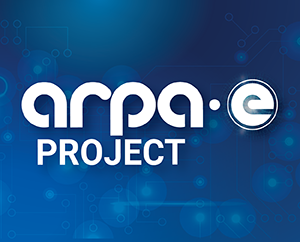Chip-Scale Power Conversion for LED Lighting

Technology Description:
Teledyne Scientific & Imaging is developing cost-effective power drivers for energy-efficient LED lights that fit on a compact chip. These power drivers are important because they transmit power throughout the LED device. Traditional LED driver components waste energy and don’t last as long as the LED itself. They are also large and bulky, so they must be assembled onto a circuit board separately which increases the overall manufacturing cost of the LED light. Teledyne is shrinking the size and improving the efficiency of its LED driver components by using thin layers of an iron magnetic alloy and new gallium nitride on silicon devices. Smaller, more efficient components will enable the drivers to be integrated on a single chip, reducing costs. The new semiconductors in Teledyne’s drivers can also handle higher levels of power and last longer without sacrificing efficiency. Initial applications for Teledyne’s LED power drivers include refrigerated grocery display cases and retail lighting.
Potential Impact:
If successful, Teledyne would help facilitate the widespread adoption of energy-efficient LED lighting.
Security:
Widespread use of energy-efficient LED lighting would help lower U.S. energy consumption—helping the U.S. become more energy independent.
Environment:
Widespread use of energy-efficient lighting would help reduce electricity use and the harmful emissions created by coal-fired power plants.
Economy:
This project could help significantly lower lighting costs for businesses, saving supermarket stores alone 70% in energy costs.
Contact
ARPA-E Program Director:
Dr. Timothy Heidel
Project Contact:
Dr. Vivek Mehrotra
Press and General Inquiries Email:
ARPA-E-Comms@hq.doe.gov
Project Contact Email:
vmehrotra@teledyne.com
Partners
Flextronics International
Anthony International
Rensselaer Polytechnic Institute
Related Projects
Release Date:
03/02/2010
